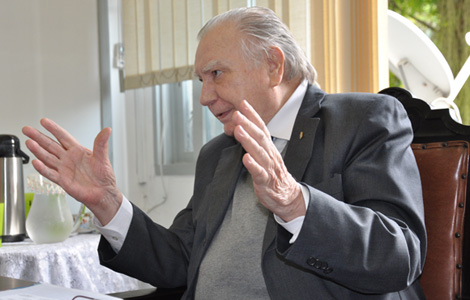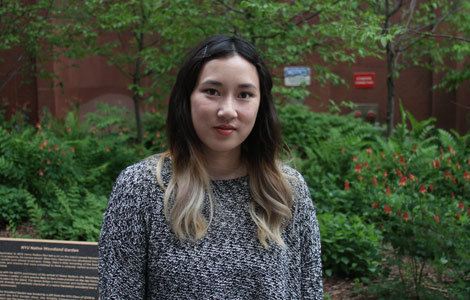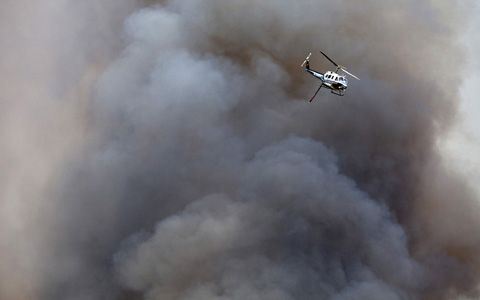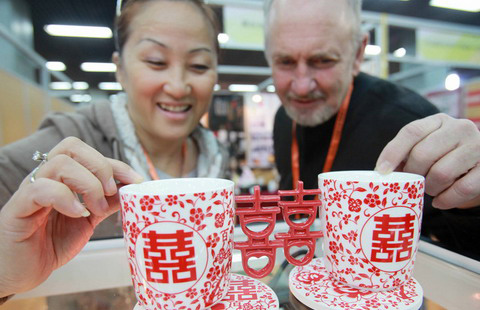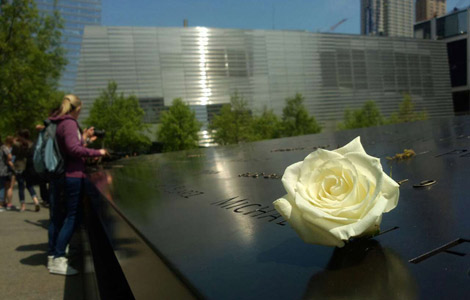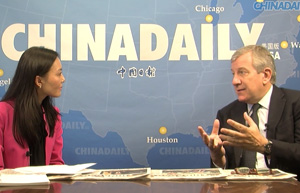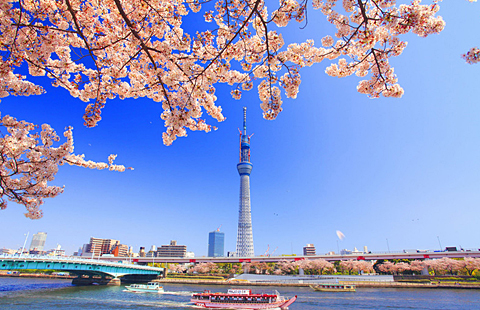Palace Museum outlines its steps to preserve site
Updated: 2014-05-15 23:41
By WANG KAIHAO (chinadaily.com.cn)
|
||||||||
First built in 1420 and covering 1.06 square kilometers, the Palace Museum is the world's largest palace complex. It became a World Heritage Site in 1987, one of the first in China.
The Report on World Cultural Heritage Monitoring of the Palace Museum (2012) contains a detailed explanation of monitoring work in 10 areas — environmental quality, outdoor artifacts, architectural heritage, infrastructure facilities, basic platform construction, animals and plants, security, visitor trends, collections, and safeguard mechanisms.
Published in Chinese and English, the report is the country's first of its kind.
"It's how we fulfill the promise we‘ve made to the whole world to better maintain the Palace Museum as a cultural heritage and inform the public on how we keep a close eye on this site," museum curator Shan Jixiang said.
Shan said the monitoring began in 2008, and has become part of the daily management.
"It's not our priority to use the relics to serve more tourists as a World Heritage Site. Our top mission is to keep them intact and leave them for future generations," he said.
Lu Qiong, deputy head of the office in charge of World Cultural Heritage protection under the State Administration of Cultural Heritage, said systematic monitoring has been launched in 13 of the total 45 World Heritage Sites in China, after a national center in charge of monitoring these sites was established in 2011.
China has the world's second-largest number of World Heritage Sites after Italy.
"What the Palace Museum is doing has given many new ideas. … We expect to see more content on monitoring the buffer zone around the site in the next annual report," Lu said.
Shan admitted that supervision over the surrounding 14-square-km buffer zone around the Palace Museum is crucial, but the huge number of nearby residents and complicated circumstances in this Beijing's busy downtown area make it a difficult job, and it expects more cooperation from the public and Beijing government.
Chen Tongbin, vice-president of the Committee of Traditional Architecture and Landscape, under the Archeological Society of China, said: "A common problem in today's monitoring is that we lack a warning system and clear criteria for when to take actions after dangerous situations for these sites are detected."
"That needs more than establishment of monitoring devices, but a more detailed plan for future work," Chen said.
"If the Palace Museum sets a good example, it will help our candidates bidding for World Heritage Sites," Chen added.
Most Viewed
Editor's Picks

|

|
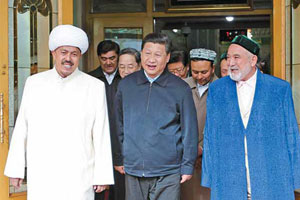
|
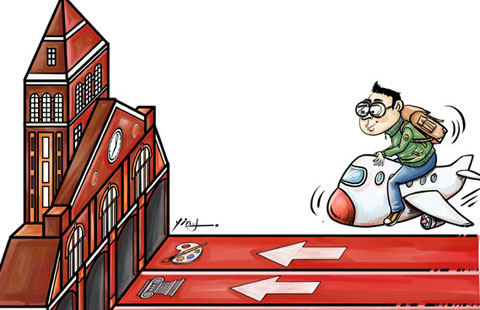
|
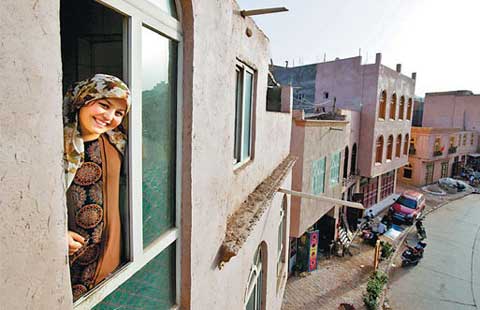
|

|
Today's Top News
PLA general presents gifts
Vietnam's riots 'hurt its image'
Boeing order for 737s shows low-cost travel increasing
PLA chief on trust mission
Travel boom reshapes spending
Man sues Yao Ming for 'misleading' fish oil pill
Spying on millions of Americans in the 'United States of Secrets'
US-China 'Dialogue' will include S. China Sea
US Weekly

|

|
